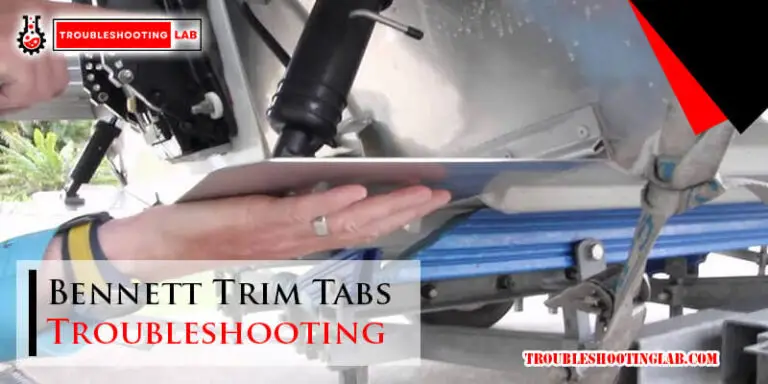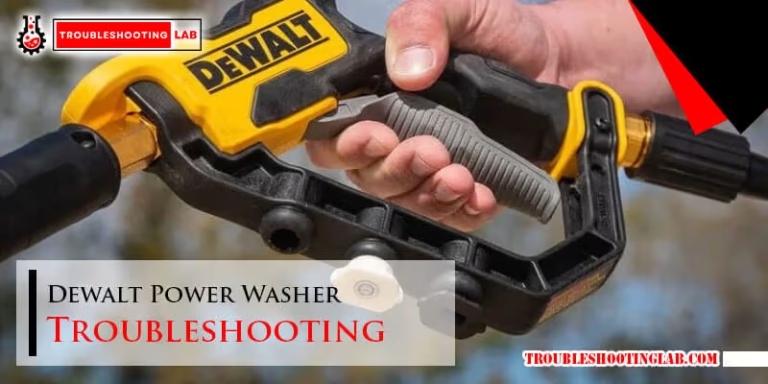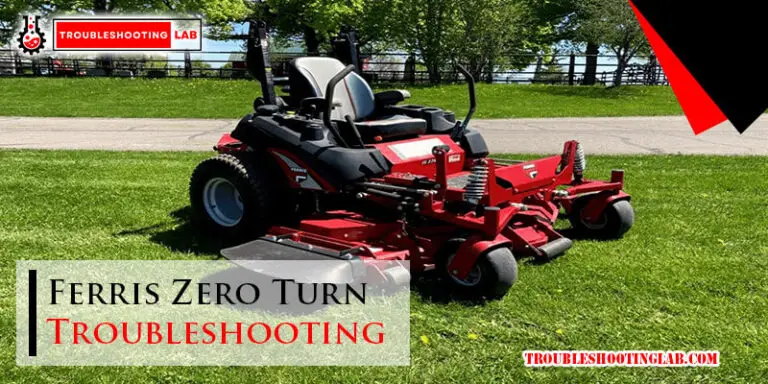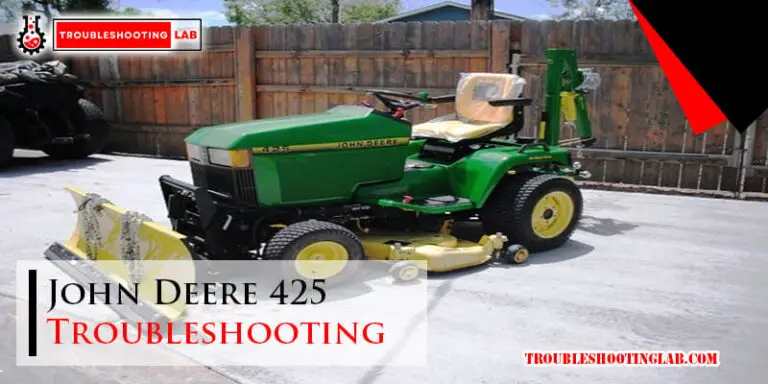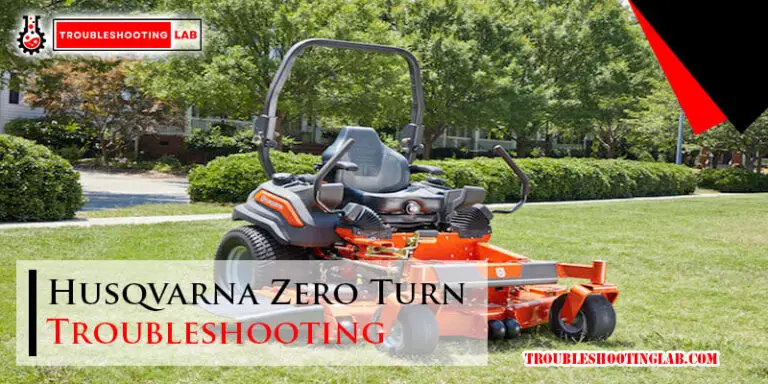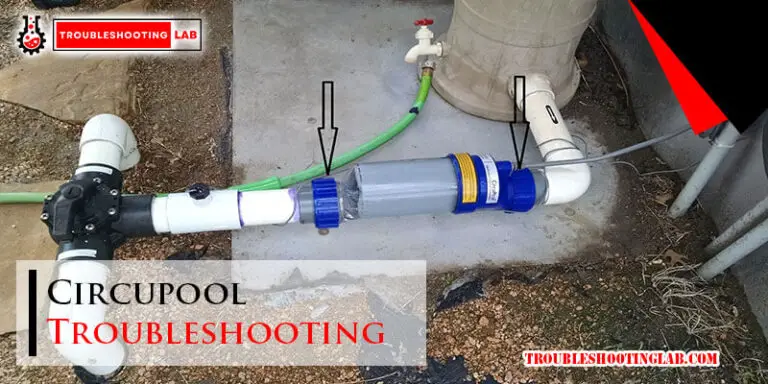Hayward Pool Vacuum Troubleshooting: Expert Solutions
Are you tired of battling with your Hayward pool vacuum instead of enjoying a pristine pool? You’re not alone.
Many pool owners face similar challenges, but the good news is, you’re in the right place to find solutions. By understanding the common issues and effective troubleshooting steps, you can transform your pool vacuum from a source of frustration into a reliable ally.
Imagine effortlessly maintaining a crystal-clear pool, ready for family fun or serene relaxation. Dive into this guide and discover how you can reclaim control over your pool cleaning routine. Your stress-free pool days are just a few clicks away.
Common Issues With Hayward Pool Vacuums
Hayward pool vacuums sometimes face issues like loss of suction or tangled hoses. Regular maintenance can prevent these problems. Checking the filter and hose connections often resolves minor troubles quickly.
Keeping your Hayward pool vacuum running smoothly can sometimes feel like a puzzle. While these vacuums are reliable, they do encounter hiccups. Understanding common issues can save you time and keep your pool sparkling. Let’s dive into some typical problems you might face and how you can tackle them.Suction Problems
Weak suction can be frustrating. It’s often due to a clogged filter or blocked hose. Check your filter to ensure it’s clean, and inspect the hoses for any debris. Sometimes, air leaks in the hoses can reduce suction. Look for cracks or loose fittings and replace them if necessary. A simple fix like this can restore your vacuum’s power. Have you ever noticed your vacuum floating? This might be because it’s not getting enough water flow. Make sure your pump is running at full capacity and see if the issue resolves.Movement And Navigation Issues
If your vacuum moves erratically or gets stuck, it’s time to investigate. Worn-out tires or wheels can cause poor navigation. Replacing them can improve movement significantly. Check the pool’s surface for obstacles. Items like leaves or toys can disrupt the vacuum’s path. Clear the pool before running the vacuum for smoother operation. A stuck vacuum might also indicate problems with the steering mechanism. Ensure all parts are functioning correctly and not jammed.Clogging Concerns
Clogging is a common issue, especially if your pool has lots of debris. Regularly clean the vacuum’s intake and filter basket to prevent blockages. Do you frequently find the vacuum clogged with leaves? Consider using a leaf canister. It catches larger debris before it reaches the vacuum, reducing the risk of clogs. Inspect the vacuum’s hoses for clogs. A long stick or hose cleaner can help clear any blockages. Ensuring a clear path for water flow is crucial for optimal performance. Addressing these common issues can enhance your pool vacuum’s efficiency. Regular maintenance and quick troubleshooting can save you from bigger headaches later. Is your Hayward pool vacuum giving you trouble? Try these solutions and enjoy a cleaner pool with less stress.Credit: hayward.com
Diagnosing Suction Problems
Diagnosing suction problems in a Hayward pool vacuum can be crucial. Weak suction often leads to ineffective cleaning, leaving debris behind. Understanding the root cause of these issues helps ensure the vacuum operates efficiently. Here, we focus on essential aspects that could be affecting your vacuum’s suction.
Inspecting The Hose For Leaks
A leaky hose may reduce suction power significantly. Check for visible cracks or holes. Small leaks can cause big problems. Ensure all hose connections are secure. Listen for air hissing as you inspect. Use soapy water to detect invisible leaks. Bubbles indicate air escaping.
Checking The Pump And Filter
Pumps play a critical role in maintaining suction. Ensure the pump is running smoothly. Clean the filter regularly for optimum performance. A clogged filter restricts water flow. Inspect the pump basket for debris. Remove any blockages immediately.
Evaluating The Vacuum Head
The vacuum head directly contacts the pool floor. Check if it’s damaged or worn out. Look for obstructions like leaves or twigs. Ensure the vacuum head moves freely. Adjust settings if suction seems weak. Confirm it aligns properly with the hose.
Addressing Movement And Navigation Issues
Addressing movement and navigation issues in your Hayward pool vacuum is crucial for ensuring it covers every inch of your pool efficiently. When your vacuum seems to be stuck or moving erratically, it can be frustrating, especially when your pool isn’t as clean as you’d expect. By focusing on specific elements like the wheels, steering system, and weight distribution, you can optimize your vacuum’s performance. Let’s dive into some practical ways to troubleshoot these common problems and get your pool vacuum back on track.
Wheel And Tire Examination
Start by inspecting the wheels and tires of your pool vacuum. Debris can easily get lodged in the wheels, hampering movement. It’s like driving a car with a flat tire; you won’t get far. Check for wear and tear or any obstructions that might impede their rotation. Is your vacuum going in circles? It might be time to replace worn-out tires to ensure smooth navigation.
Adjusting The Steering System
Next, take a look at the steering system. Your vacuum’s ability to change direction efficiently is crucial. If it’s zigzagging or constantly stuck in one area, consider adjusting the steering assembly. You might be surprised at how a simple tweak can make a big difference. Have you ever adjusted the steering on your bicycle? It’s similar, and can dramatically improve your vacuum’s path.
Ensuring Proper Weight Distribution
Weight distribution plays a key role in your pool vacuum’s movement. Uneven weight can cause it to tilt, affecting its path. Check that all components are evenly balanced. Think about how you pack a suitcase; distributing weight helps avoid toppling over. Do you notice your vacuum leaning to one side? Balancing the weight can help it glide effortlessly across the pool floor.
By addressing these movement and navigation issues, you can enhance the efficiency of your Hayward pool vacuum. What’s your experience with troubleshooting your vacuum? Share your thoughts and join the conversation on keeping your pool crystal clear.

Credit: hayward.com
Resolving Clogging Concerns
Clogging is a common issue with pool vacuums. It’s frustrating when your Hayward pool vacuum loses suction. Understanding how to resolve clogging concerns can save time and effort. Let’s explore simple steps to maintain efficiency.
Cleaning The Vacuum Head
The vacuum head often traps debris. Regular cleaning helps maintain performance. Detach the vacuum head from the hose. Rinse it thoroughly with water. Use a brush to remove stubborn particles. Check for any blockages in the suction ports. Keeping the vacuum head clean ensures smooth operation.
Removing Debris From The Hose
The hose can accumulate debris over time. This reduces suction power. Disconnect the hose from the vacuum head. Inspect both ends for blockages. Use a garden hose to flush out debris. Running water through the hose can dislodge stuck particles. Regularly clearing the hose prevents clogs and maintains efficiency.
Maintaining The Filter System
The filter system is crucial for optimal performance. Clean or replace filters regularly. A dirty filter restricts water flow. Remove the filter and rinse it with water. For cartridge filters, soak in a cleaning solution. Check the filter housing for debris. A clean filter ensures effective suction and prevents clogs.
Essential Maintenance Tips
Maintaining your Hayward pool vacuum can save you from unexpected repair costs and keep your pool sparkling clean. Essential maintenance isn’t just about following a checklist; it’s about understanding your equipment’s needs and adapting to them. These tips will guide you through a regular cleaning routine, proper storage practices, and scheduled equipment checks to ensure your pool vacuum performs at its best.
Regular Cleaning Routine
Consistency is key when it comes to keeping your pool vacuum in top shape. After each use, rinse the vacuum thoroughly to remove any debris or chemical residue. This helps prevent buildup, which can clog the machine and hinder performance. Have you noticed any unusual sounds or reduced suction? It might be a sign to check the filters and hoses for blockages. Regular cleaning isn’t just maintenance; it’s a proactive step to extend your vacuum’s lifespan.
Proper Storage Practices
Do you often leave your pool vacuum exposed to the elements? Consider storing it in a cool, dry place to prevent damage from sun and rain. Extreme temperatures can wear down the material, making it brittle and prone to breakage. After drying, coil the hoses neatly to avoid tangles and kinks. Proper storage ensures your vacuum stays ready for the next use, without unexpected surprises.
Scheduled Equipment Checks
Regular checks can catch issues before they escalate. Make it a habit to inspect the vacuum for any wear and tear, especially on the brushes and wheels. Are they showing signs of wear? Replacing worn parts can improve efficiency and prevent further damage. Set a reminder for a detailed inspection once a month, ensuring everything is in working order. Scheduled checks are an investment in your vacuum’s longevity and performance.

Credit: www.youtube.com
When To Consult A Professional
Sometimes, Hayward pool vacuum issues can be tricky. They might need professional help. Knowing when to call a technician saves time. It also prevents further damage. This section will guide you in making that decision.
Identifying Persistent Issues
Some vacuum problems reappear after fixes. This might indicate a deeper issue. Listen for unusual noises or poor suction. These signs often need expert evaluation. If the vacuum frequently gets stuck, a professional should inspect it.
Considering Repair Costs
Repairing a vacuum can be expensive. Decide if it’s worth the cost. Compare the repair price to a new vacuum. Sometimes, replacing the vacuum is more economical. A professional can give an accurate cost estimate.
Finding A Reliable Technician
Choose a skilled technician for repairs. Ask friends for recommendations. Read online reviews for technician reliability. Verify their experience with Hayward models. Ensure they are licensed. This guarantees quality service.
Frequently Asked Questions
How Do I Fix A Hayward Vacuum Not Moving?
Check for blockages in hoses. Inspect wheels and gears for damage. Ensure the pump is working properly.
Why Is My Hayward Vacuum Losing Suction?
Clean the filter and skimmer basket. Check hoses for leaks. Ensure the pump is running efficiently.
What Causes Hayward Vacuum To Stop Randomly?
Inspect hoses for tangles or obstructions. Check for debris in the vacuum head. Ensure proper water flow.
How Do I Troubleshoot Hayward Vacuum Not Cleaning?
Ensure proper hose length. Check vacuum head for wear. Adjust flow settings on pump for optimal performance.
Why Is My Hayward Vacuum Making Noise?
Inspect for trapped debris. Check bearings and gears for wear. Ensure hoses are properly connected and not vibrating.
Conclusion
Solving Hayward pool vacuum issues can seem tough at first. But with these troubleshooting tips, you’ll handle problems more easily. Regular maintenance helps avoid future headaches. Clean filters, check hoses, and inspect parts often. A little effort keeps your pool clean and enjoyable.
Remember, understanding your equipment is key. Patience and persistence pay off in the long run. Keep these tips handy, and your pool will stay in top shape. Enjoy swimming in a sparkling clean pool, without stress. Happy swimming!

